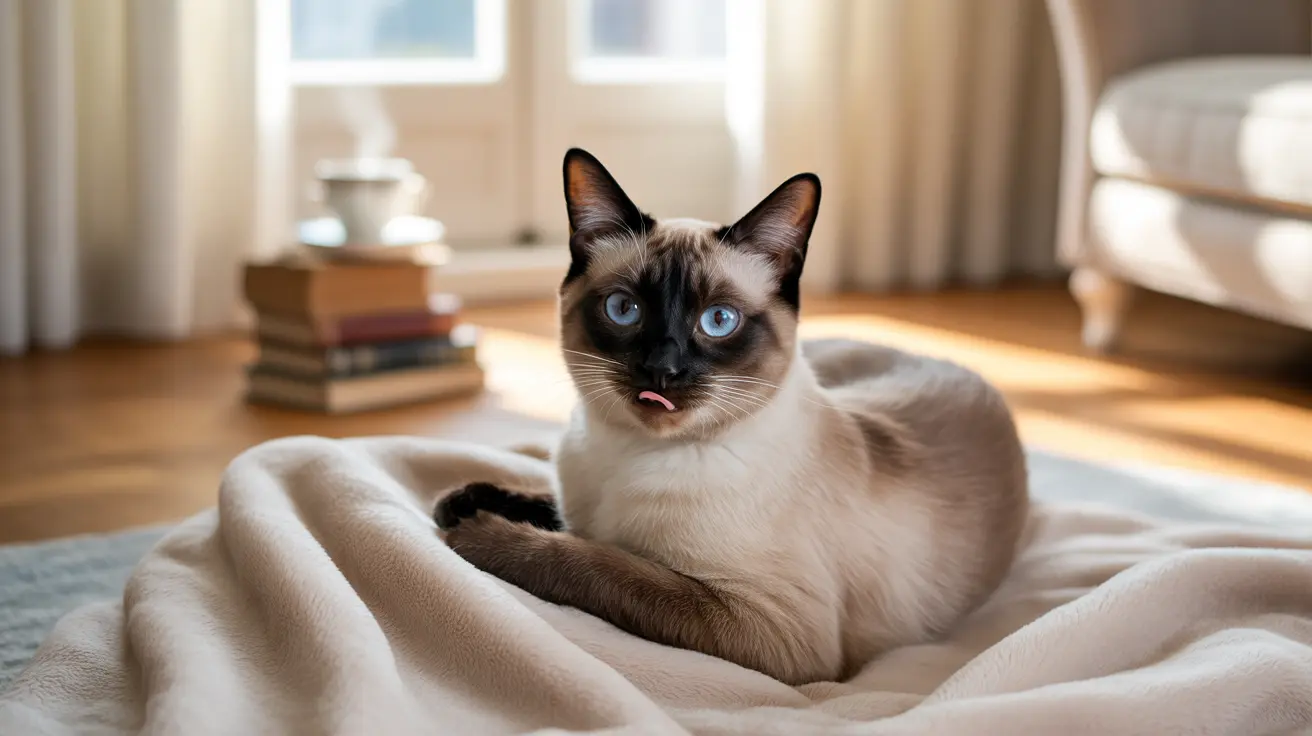Understanding Cat Suckling Behavior
Cat suckling typically originates from kittenhood, when young cats are separated from their mothers before the natural weaning process is complete. Oriental breeds like Siamese and Burmese cats are particularly prone to this behavior, though it can occur in any breed.
The behavior serves as a self-soothing mechanism, similar to how human infants might use pacifiers. While most cats outgrow this behavior, some continue into adulthood, especially when faced with stress or anxiety.
Creating a Stress-Free Environment
Environmental enrichment plays a crucial role in reducing suckling behavior. Cats need stimulating environments that fulfill their natural instincts for play, exploration, and security.
Essential Environmental Modifications
- Multiple scratching posts and climbing structures
- Quiet retreat spaces
- Window perches for outdoor viewing
- Interactive toys and puzzle feeders
- Designated play areas
Effective Behavioral Modification Techniques
Addressing suckling behavior requires patience and consistent application of positive reinforcement strategies. Here are proven methods to help redirect your cat's attention:
Immediate Solutions
- Provide appropriate substitute items for suckling
- Implement regular play sessions
- Use positive reinforcement when the cat chooses alternative behaviors
- Consider using calming pheromone products
Long-Term Strategies
- Establish consistent daily routines
- Increase interactive playtime
- Provide mental stimulation through training
- Create a structured feeding schedule
When to Seek Professional Help
If your cat's suckling behavior becomes excessive or interferes with daily life, professional intervention may be necessary. Watch for these warning signs:
- Compulsive suckling that interrupts eating or sleeping
- Ingestion of fabric or other materials
- Signs of anxiety or distress
- Skin irritation or hair loss from excessive suckling
Frequently Asked Questions
Why does my cat suckle on blankets or fabric even as an adult?
Adult cats may continue suckling due to early weaning, stress, or as a self-soothing behavior. This is especially common in cats separated from their mothers too early or those experiencing anxiety.
How can I stop my cat from suckling without causing stress or anxiety?
Focus on positive reinforcement and provide alternative comfort objects. Gradually redirect the behavior through increased play, environmental enrichment, and consistent daily routines.
What are safe alternatives to let my cat suckle without damaging household items?
Provide specially designed cat comfort toys or designated soft blankets that are safe for suckling. Ensure these items don't have loose threads or materials that could be ingested.
When should I consult a veterinarian about my cat's suckling behavior?
Consult a veterinarian if the suckling becomes compulsive, leads to material ingestion, causes physical harm, or is accompanied by other behavioral changes.
How can environmental enrichment and playtime reduce my cat's suckling habits?
Regular play and enrichment activities help reduce stress and provide mental stimulation, naturally decreasing the need for comfort-seeking behaviors like suckling.
Conclusion
While cat suckling can be concerning, it's often manageable through proper environmental enrichment, behavioral modification, and patience. Focus on creating a stable, enriching environment for your cat while implementing positive reinforcement techniques. If the behavior persists or causes concern, don't hesitate to seek professional veterinary guidance for a tailored solution.






